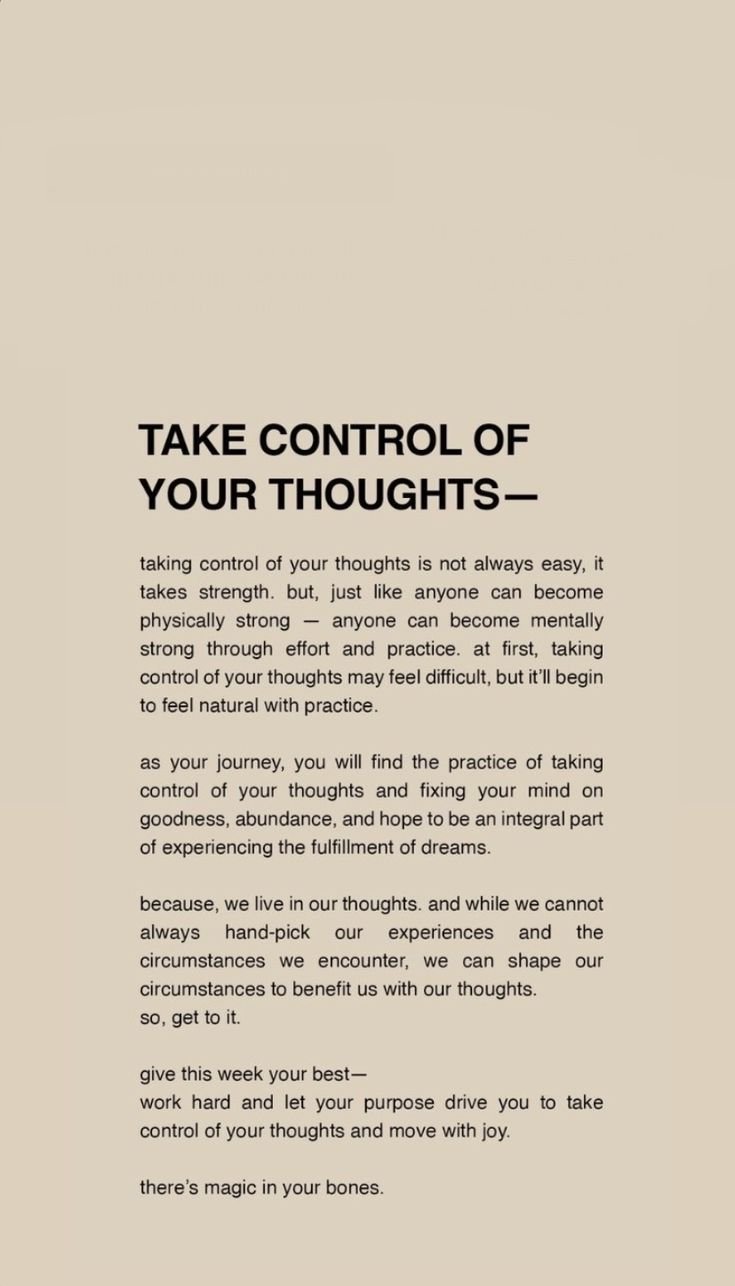The article is developed in partnership with BetterHelp.
In a world where conformity often seems like the norm, embracing your true self can be challenging. However, accepting your authentic self can be critical for your overall mental and emotional well-being. It can also be a liberating experience.
In this article, we’ll explore the importance of being authentic and honoring your true self and provide practical tips for embracing who you are.
No. 1
The Importance of Authenticity
Authenticity is about living in alignment with your values, beliefs, and inner truths. It’s about accepting who you are and presenting that to the world. While it may sound easy, being authentic can often be scary, particularly when dealing with issues around sexual, gender, or cultural identity.
While it may feel good to fit in, when we suppress or deny parts of ourselves to fit societal expectations or gain approval from others, we usually end up hurting ourselves in the process. It can be painful to ignore or mask parts of who we are for the sake of others.
Additionally, research shows that being authentic has an array of benefits.
Research shows that being yourself:
Reduces stress
Lowers anxiety
Creates better relationships
Boosts self-esteem
Enhances communication
Encourages innovation and creative thinking
And more
As a result, the consequence of denying who you are can be truly detrimental to your overall well-being.
No. 2
How to Honor Your Authentic Self
While it may not be easy to be 100% yourself all the time, here are some ways to get more comfortable being who you are.
Practice Self-Reflection – Take time to explore your values, passions, and desires. Knowing how you feel about things can make it easier to know yourself. Journaling, meditation, and quiet contemplation can all help you connect with your feelings and thoughts.
Embrace Your Identities – Celebrate all aspects of your identity, including your sexual orientation, gender identity, cultural background, and personal interests. Recognize that diversity is a strength and that each facet of your identity contributes to your uniqueness.
Set Boundaries – Honor your needs and boundaries by setting limits on what you’re willing to accept in your relationships and interactions. Communicate assertively and respectfully when your boundaries are crossed, and prioritize self-care to maintain your emotional well-being.
Express Yourself Creatively – Try to find outlets for creative self-expression. Some examples include art, writing, music, or other creative pursuits. Getting creative can make it easier to express how you feel without having to use your words. It can also lead to discovering parts of yourself that you may not have known were there.
Seek Supportive and Affirmative Care – Consider seeking therapists and health professionals who understand and respect your identities and experiences. Affirmative care can provide a safe and validating space to explore and honor your authenticity. For more information on affirmative care and finding an LGBTQIA+ therapist, see https://www.betterhelp.com/advice/therapy/how-to-find-an-lgbt-therapist-near-you/.
Cultivate Authentic Relationships – Surround yourself with people who appreciate and support you for who you are. Foster connections based on mutual respect, understanding, and trust. Additionally, try to get rid of relationships that undermine your authenticity or make you feel like you can’t be yourself.
Practice Self-Compassion – Be gentle and compassionate with yourself as you navigate the ups and downs of life. Treat yourself with the same understanding and kindness you would give to a loved one, and try to embrace all the quirks that make you who you are.
Live Your Values – Align your actions with your core values and beliefs. Make decisions that are true to who you are and reflect what matters most to you, even if they diverge from societal expectations or norms.
Takeaways
Honoring your true self is a lifelong journey that requires courage, self-awareness, and self-compassion. By embracing authenticity and living in alignment with your values and beliefs, you can cultivate a deeper sense of fulfillment, connection, and resilience in all areas of your life.











































